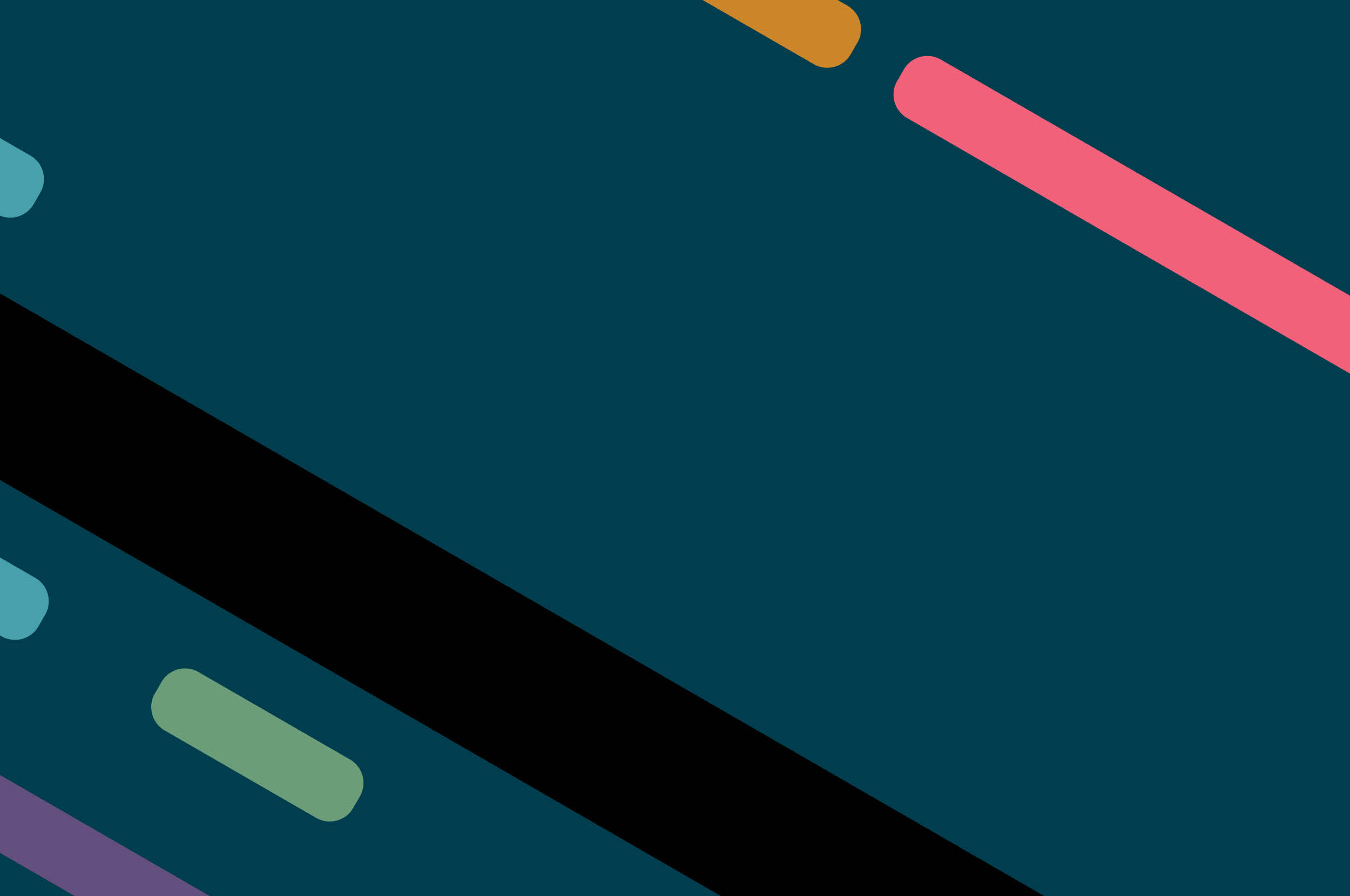
Part 2: Business agility in tough times
Published: June 26, 2020
In part 1, we looked at business agility through the lens of customer centricity and outlined a few immediate action items encouraging that approach. In this article, we’ll delve into business continuity and employee alignment - the other two focus areas of agile businesses.
COVID-19 has severely impacted business operations and revenue worldwide. Business agility isn't a magic formula that can turnaround fortunes of adversely affected industries like travel and tourism. However, it can help organizations quickly and effectively respond and adapt to crisis situations.

Innovative business solutions: COVID-19’s proven that business continuity cannot be restricted to alternate methods of continuing business services. Agile businesses recognize this and are spinning up innovative and pertinent business models or products in a short span of time.
For instance, Uber in India has deployed a fleet of vehicles to facilitate movement of healthcare workers. And, Amazon India entered the food delivery market while competition like Swiggy and Zomato are announcing laying offs.
An interesting, pre-COVID-19, but still relevant case study is Thoughtworks’ partnership with Woolworths, Australia’s largest supermarket chain. To better engage customers with fast paced product innovation, Woolworths and Thoughtworks set up an in-store innovation lab to quickly prototype and test new ideas with customers. A winning idea was the in-store meal planner. Customers could choose inspiring recipes preloaded onto iPads that were placed on store shelves. They could then follow LED lights that would light up all the ingredients needed for the chosen recipe. The solution reduced shopping time for young, urbanite shoppers while allowing them to quickly find something for dinner.
Based on this prototype's success, Woolworths partnered with Jamie Oliver for ‘Jamie’s table’ - a one-stop, dinner inspiration station that became a top traffic generator for the store.
Rethink disasters: Disasters may not always be the result of an earthquake, fire, or flood. Most organizations' detailed plans involving setup and testing of expensive distributed data centers did not match the specific needs of a pandemic like COVID-19. Businesses must update their plans to ramp up remote work connectivity through distributed data centers. Add to this load testing, expanding supply chains with alternative suppliers and contracting workforce from different locations. Additionally, put in the time to test their viability, internally with business operations and externally with their networks or supply chain.
Flexible operating models: Operating models need to support alternative business processes within a quick turn-around time. Hierarchical models perform worst in such cases. However, product-based organizations equipped with lean processes that are outcome focused perform extremely well.
Additionally, lean organizations (not to be confused with the process oriented philosophy of Lean and Just-In-Time that comes from the manufacturing world) have very little to no ‘organizational baggage’ due to the businesses’ already highly optimized operating model. With barely anything to trim down, these businesses respond much faster to dynamic market conditions. The challenge lies in revamping the several heavy and tedious back-end processes that need multiple bureaucratic approvals.
Let’s look at a case study of how IAG, Australia’s leading insurance company made use of lean transformation to simplify processes and systems while optimizing resources for efficiency, IAG partnered with Thoughtworks to leverage visual systems to manage and create better visibility of all work. This helped redefine the way IAG prioritises and funds projects, by incorporating lean canvas as a business model framework and experimentation early in the process.
IAG has been able to build an environment which allows for ideas to be quickly tested and validated, and a capacity to pivot and adapt with speed to ensure it delivers value to customers, at a lower cost, risk and time to market.
Another notable illustration of ensuring business continuity is the tactical partnership between China based movie maker, Huanxi Media Group and ByteDance (also TikTok’s parent company). In January 2020, the Huanxi group was facing heavy losses from investments made in a new year themed movie, scheduled for theatre release around 2020’s Chinese New Year. Due to the pandemic, theaters were shut. But, Huanxi and ByteDance were able to strike a deal within 24 hours of meeting and the movie saw a nationwide release on ByteDance platforms. The release raked in both 600 million views and an avalanche of positive sentiments from otherwise disgruntled Chinese citizens.
Empathy becomes a guiding principle for organizations wanting to inspire and motivate employees. Cultivating a culture of creativity and emotional intelligence while promoting fulfilling lives becomes the ideal to reach.

Physical and mental well being: Organizations have to support employee health for both those in remote work and not (such as delivery, manufacturing) in the immediate and long term. The physical aspect is taken care of (to some extent) by hand sanitizers, social distancing and masks. However, organizations need to be more proactive when it comes to their employee’s mental health. They have to keep the lines of communication open through newsletters with health tips, virtual workouts like Zumba or Yoga sessions or interesting health competitions inviting employees and their family members too.
While mental and emotional wellbeing is harder to measure, we have laid out some best practices here that should help organizations get started on this journey.
Talent management: Unavailability of people across sectors like construction, manufacturing and logistics may make it difficult to engage ‘a suitable and large enough’ workforce in the near future. An aggressive evaluation of your workforce needs is recommended with engagement of contractors or people from alternate locations. Additionally, businesses with remote working possibilities have the opportunity to go Talent first vs. Office first - because office facilities will not dictate where one recruits from. This opens the doors for organizations to acquire talent from tier 2 and 3 cities or towns, who will not have to relocate to office locations.
Training needs: Engaging employees in conversations on business stability and growth especially in uncertain times will encourage a proactive engagement, across the board, in organizations. There will be a more organic recognition of skill gaps and associated training needs that will boost morale and help employees prepare themselves for an uncertain market.
Several studies, like McKinsey’s, have predicted the world economy will probably reset to normal by 2022. Once the immediate effects of the current crisis settle down, organizations can either go back to business as usual or be better prepared for disruptive events in the future.
“It is not going to be Normal, it is also not going to be the New Normal, we are entering the age of Never Normal” - Peter Hinssen, serial entrepreneur, advisor, keynote speaker and author.
As events unfold, organizations will leverage newer measures to tackle them, bypassing outdated regulations and operations.
In conclusion, as organizations embrace the uncertain future, they have to respond rapidly, re-wire in the short to mid term and build resilience in the mid to long term. This is possible through the adoption of business agility that will help organizations prepare for the unpredictable.
Business continuity
“The structure of an organization’s collaborative network has significant impact on its ability to produce emergent [innovative] results and ultimately on its very ability to adapt. ” - Highsmith J., 2000, ThoughtworksCOVID-19 has severely impacted business operations and revenue worldwide. Business agility isn't a magic formula that can turnaround fortunes of adversely affected industries like travel and tourism. However, it can help organizations quickly and effectively respond and adapt to crisis situations.

Changing business strategy to ensure business continuity. Photo by Mike Kononov on Unsplash.
Here are a few suggestions (through the lens of business continuity) that will interest businesses evaluating possible responses to the current crisis -Innovative business solutions: COVID-19’s proven that business continuity cannot be restricted to alternate methods of continuing business services. Agile businesses recognize this and are spinning up innovative and pertinent business models or products in a short span of time.
For instance, Uber in India has deployed a fleet of vehicles to facilitate movement of healthcare workers. And, Amazon India entered the food delivery market while competition like Swiggy and Zomato are announcing laying offs.
An interesting, pre-COVID-19, but still relevant case study is Thoughtworks’ partnership with Woolworths, Australia’s largest supermarket chain. To better engage customers with fast paced product innovation, Woolworths and Thoughtworks set up an in-store innovation lab to quickly prototype and test new ideas with customers. A winning idea was the in-store meal planner. Customers could choose inspiring recipes preloaded onto iPads that were placed on store shelves. They could then follow LED lights that would light up all the ingredients needed for the chosen recipe. The solution reduced shopping time for young, urbanite shoppers while allowing them to quickly find something for dinner.
Based on this prototype's success, Woolworths partnered with Jamie Oliver for ‘Jamie’s table’ - a one-stop, dinner inspiration station that became a top traffic generator for the store.
Rethink disasters: Disasters may not always be the result of an earthquake, fire, or flood. Most organizations' detailed plans involving setup and testing of expensive distributed data centers did not match the specific needs of a pandemic like COVID-19. Businesses must update their plans to ramp up remote work connectivity through distributed data centers. Add to this load testing, expanding supply chains with alternative suppliers and contracting workforce from different locations. Additionally, put in the time to test their viability, internally with business operations and externally with their networks or supply chain.
Flexible operating models: Operating models need to support alternative business processes within a quick turn-around time. Hierarchical models perform worst in such cases. However, product-based organizations equipped with lean processes that are outcome focused perform extremely well.
Additionally, lean organizations (not to be confused with the process oriented philosophy of Lean and Just-In-Time that comes from the manufacturing world) have very little to no ‘organizational baggage’ due to the businesses’ already highly optimized operating model. With barely anything to trim down, these businesses respond much faster to dynamic market conditions. The challenge lies in revamping the several heavy and tedious back-end processes that need multiple bureaucratic approvals.
Let’s look at a case study of how IAG, Australia’s leading insurance company made use of lean transformation to simplify processes and systems while optimizing resources for efficiency, IAG partnered with Thoughtworks to leverage visual systems to manage and create better visibility of all work. This helped redefine the way IAG prioritises and funds projects, by incorporating lean canvas as a business model framework and experimentation early in the process.
IAG has been able to build an environment which allows for ideas to be quickly tested and validated, and a capacity to pivot and adapt with speed to ensure it delivers value to customers, at a lower cost, risk and time to market.
Another notable illustration of ensuring business continuity is the tactical partnership between China based movie maker, Huanxi Media Group and ByteDance (also TikTok’s parent company). In January 2020, the Huanxi group was facing heavy losses from investments made in a new year themed movie, scheduled for theatre release around 2020’s Chinese New Year. Due to the pandemic, theaters were shut. But, Huanxi and ByteDance were able to strike a deal within 24 hours of meeting and the movie saw a nationwide release on ByteDance platforms. The release raked in both 600 million views and an avalanche of positive sentiments from otherwise disgruntled Chinese citizens.
Employee engagement
During a pandemic, employee health above all else, becomes an organizational priority. Additionally, in an era when work is socially distanced and remote but, is also more collaborative, networked, dynamic and multidisciplinary - ensuring productivity requires a new approach.Empathy becomes a guiding principle for organizations wanting to inspire and motivate employees. Cultivating a culture of creativity and emotional intelligence while promoting fulfilling lives becomes the ideal to reach.

Engaged employees contribute better towards business outcomes
Organizations have enabled and supported alternative work arrangements by -- Expanding and relaxing remote work policies and procedures.
- Providing additional allowances like Thoughtworks has, to help employees procure necessary hardware and software for an effective home-office setup. Thoughtworks' Remote Work Playbook offers more on what such a setup could entail.
- Offering generous sick leave packages like Walmart and Starbucks did to prioritize employee health over short term business benefits.
- Equipping crisis management teams with authentic information and guidelines to consistently help employees cope with the sudden shift at work.
- Creating multiple touch points with employees, like how government-run Indian Oil did. They used a mobile app to provide medical consultations for employees (including retirees).
Physical and mental well being: Organizations have to support employee health for both those in remote work and not (such as delivery, manufacturing) in the immediate and long term. The physical aspect is taken care of (to some extent) by hand sanitizers, social distancing and masks. However, organizations need to be more proactive when it comes to their employee’s mental health. They have to keep the lines of communication open through newsletters with health tips, virtual workouts like Zumba or Yoga sessions or interesting health competitions inviting employees and their family members too.
While mental and emotional wellbeing is harder to measure, we have laid out some best practices here that should help organizations get started on this journey.
Talent management: Unavailability of people across sectors like construction, manufacturing and logistics may make it difficult to engage ‘a suitable and large enough’ workforce in the near future. An aggressive evaluation of your workforce needs is recommended with engagement of contractors or people from alternate locations. Additionally, businesses with remote working possibilities have the opportunity to go Talent first vs. Office first - because office facilities will not dictate where one recruits from. This opens the doors for organizations to acquire talent from tier 2 and 3 cities or towns, who will not have to relocate to office locations.
Training needs: Engaging employees in conversations on business stability and growth especially in uncertain times will encourage a proactive engagement, across the board, in organizations. There will be a more organic recognition of skill gaps and associated training needs that will boost morale and help employees prepare themselves for an uncertain market.
Several studies, like McKinsey’s, have predicted the world economy will probably reset to normal by 2022. Once the immediate effects of the current crisis settle down, organizations can either go back to business as usual or be better prepared for disruptive events in the future.
“It is not going to be Normal, it is also not going to be the New Normal, we are entering the age of Never Normal” - Peter Hinssen, serial entrepreneur, advisor, keynote speaker and author.
As events unfold, organizations will leverage newer measures to tackle them, bypassing outdated regulations and operations.
In conclusion, as organizations embrace the uncertain future, they have to respond rapidly, re-wire in the short to mid term and build resilience in the mid to long term. This is possible through the adoption of business agility that will help organizations prepare for the unpredictable.
Disclaimer: The statements and opinions expressed in this article are those of the author(s) and do not necessarily reflect the positions of Thoughtworks.

















